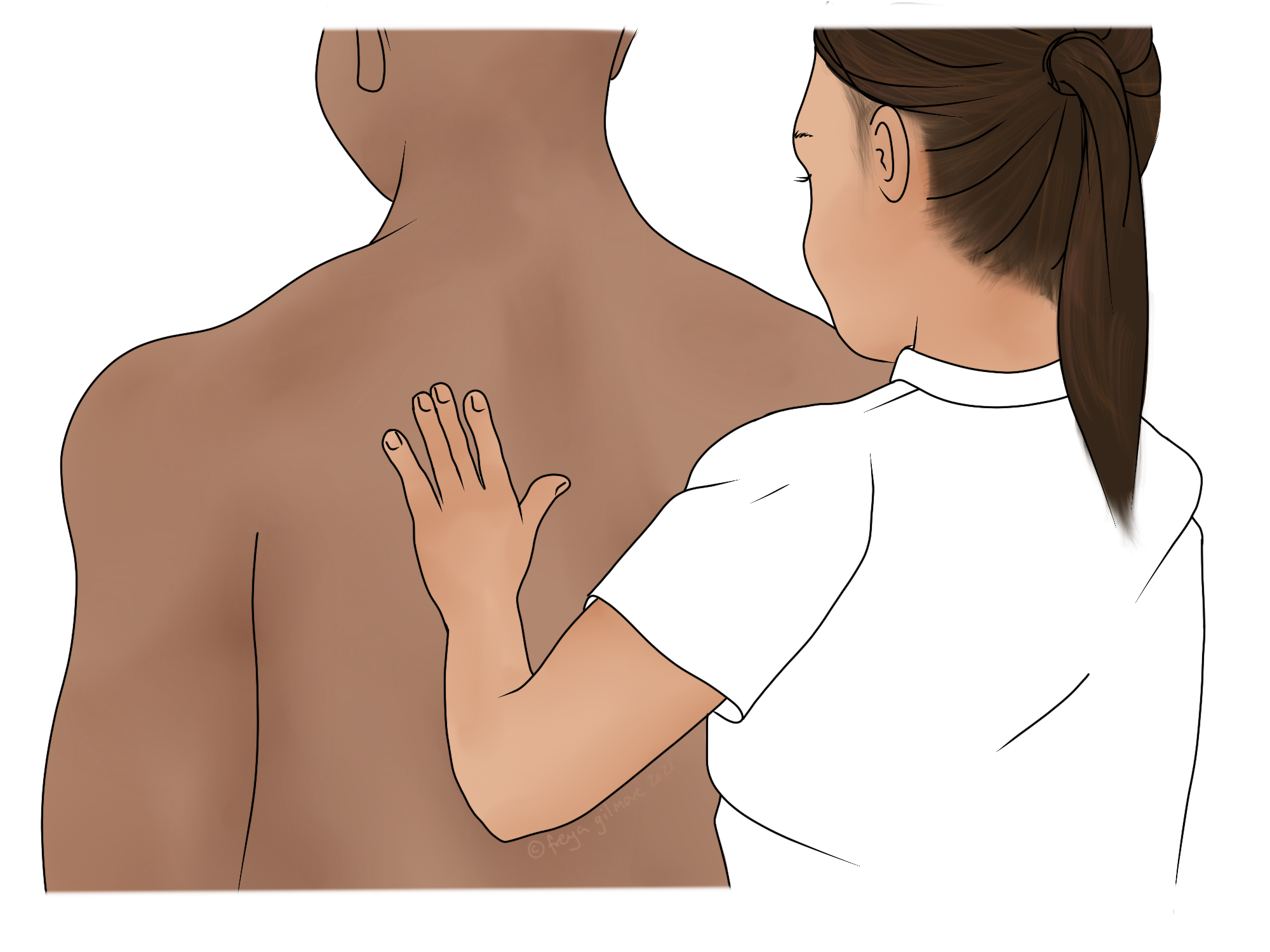What Is an Osteopath?
Osteopaths are primary healthcare practitioners- you don't need to see a GP to be referred to us. We can assess and diagnose you, and provide hands on treatment. Advice and exercises to help you to help yourself are standard.

We have training in anatomy, physiology, and pathology. This broad knowledge allows us to identify factors throughout the body that may have contributed to your symptoms. At your first appointment, we will take a detailed case history to collect information to uncover these factors. Your personal and family medical history are relevant here, including other symptoms that may feel unrelated to your presenting issue.
A detailed case history is also necessary to identify any risk factors that would contraindicate any part of a potential treatment plan. For example, stronger techniques, such as joint manipulation, are not appropriate for someone with low bone density. The history, combined with examination, provide enough information to give a diagnosis.
We are qualified to treat a range of issues, including sciatica and frozen shoulder. We can also help to manage or prevent issues like migraines.
Read more about what you can expect from your first appointment here.
Treatment
Once your osteopath has a diagnosis for you, they can begin treatment. This typically involves hands-on techniques, such as stretching and massaging muscles, and mobilising or manipulating joints. Not every technique will be appropriate for every patient, which is why the detailed case history is necessary before we start anything physical.
Consent is key, and nothing will be done unless you are explicitly happy to do so. You can ask your osteopath for more clarification on any treatments you're unsure about at any time.
Principles
Osteopathy is built on a set of principles, including ideas that the body can heal itself, it might just need some help in getting there. These principles direct the way an osteopath handles your case, seeing you as a person rather than a diagnosis, and giving you the tools to help yourself as much as you can. Osteopathy is holistic, so we look at the way various systems within the body work together to cause your symptoms and to relieve them.
These systems extend beyond just the physical- we know that lower back pain outcomes are heavily influenced by social and psychological factors. For example, if you believe that your back is weak and fragile, you will likely feel worse for longer. Discussion during treatment and exercises to help you build and recognise your back's strength might even be more important than the hands-on treatment itself in cases like these.
Official Requirements
All osteopaths are registered with the General Osteopathic Council by law- osteopath is a protected title. In order to register, an osteopath must:
- have completed the necessary training (roughly four years full time)
- hold professional insurance
- complete an average of 30 hours of continued professional development annually
You can check that an osteopath fulfils these requirements by checking on the GOsC website.